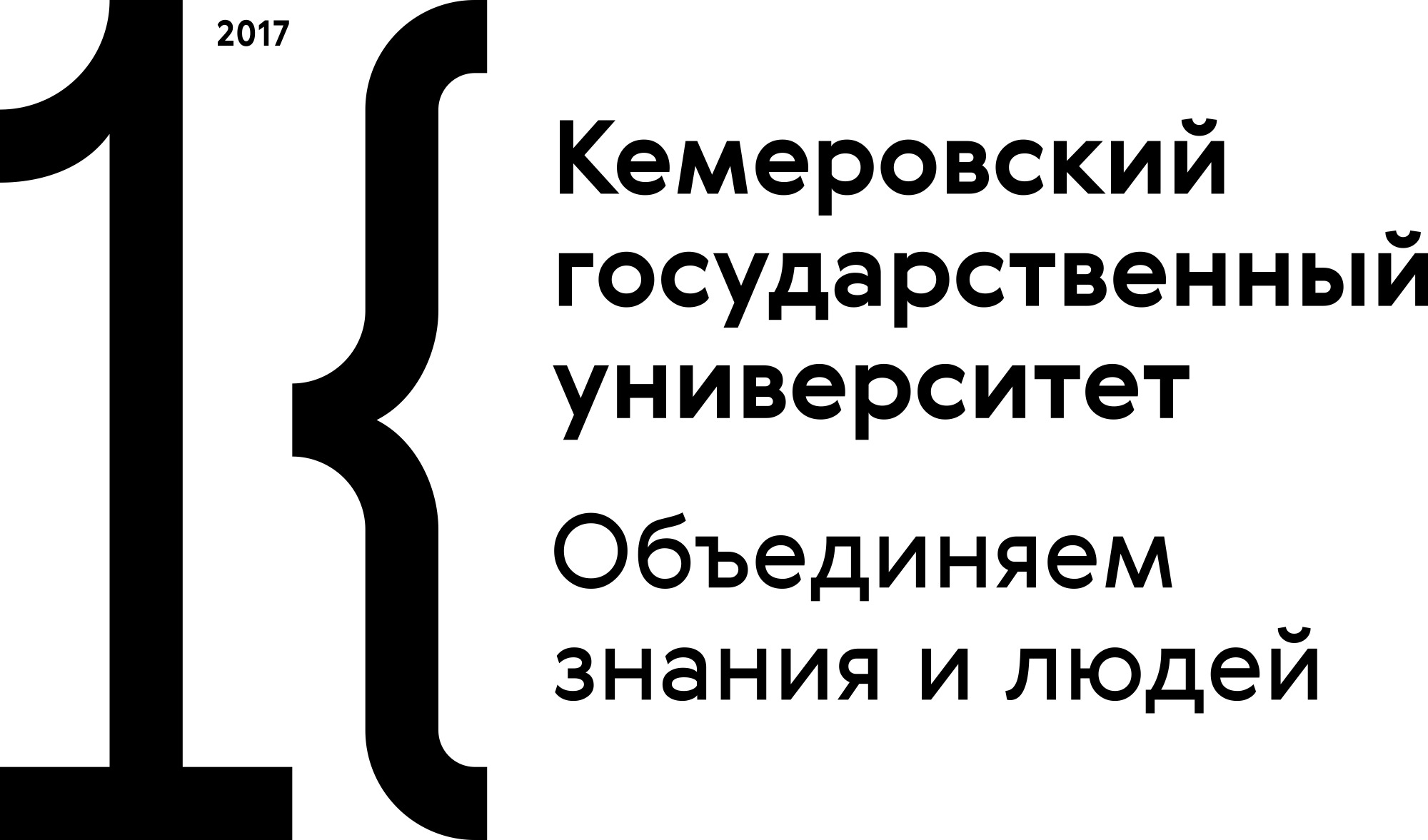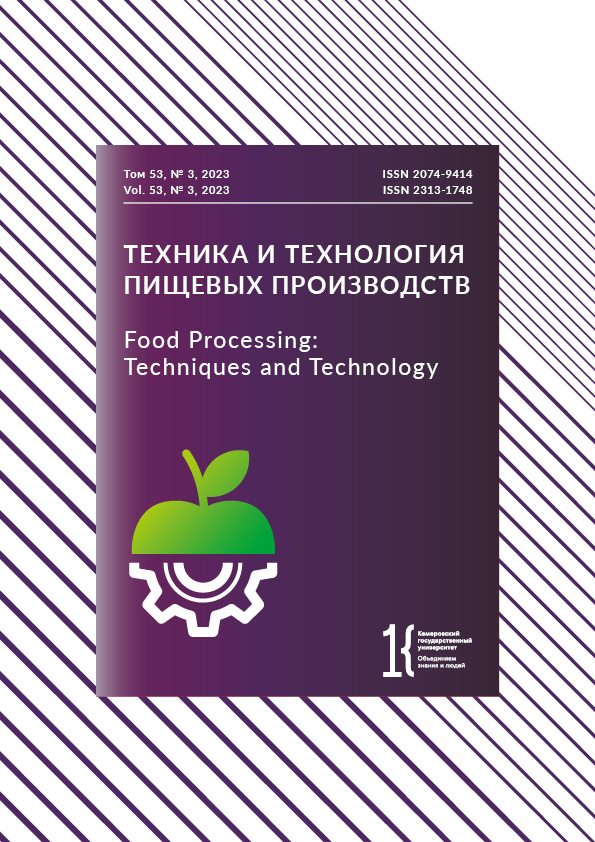Kemerovo, Russian Federation
Kemerovo, Kemerovo, Russian Federation
from 01.01.2018 to 01.01.2020
Kemerovo, Russian Federation
Kemerovo, Kemerovo, Russian Federation
Kemerovo, Russian Federation
Modern medicine strives to prevent age-related diseases. Oxidative stress is associated with development and progression of various diseases. Reactive oxygen species are part of vital physiological processes. High levels of reactive oxygen lead to stress and pathology whereas low ones are associated with healthy physiology. Plant-derived adaptogens demonstrate good results in stress tolerance and homeostasis. Plant materials are a pharmacologically optimal source of chemical compounds to treat various diseases, including those caused by oxidative stress. The research featured biologically active substances isolated from extracts of callus, suspension, and root cultures of medicinal plants. Baicalin and trans-cinnamic acid were obtained from Scutellaria baicalensis while ursolic acid came from Thymus vulgaris. The biologically active substances were tested for neuroprotective properties, as well as for the impact on the expression of SOD-3 and HSP-16.2. Caenorhabditis elegans served as a model to study the accumulation of carbonylated proteins and lipofuscin. The neuroprotective activity of all tested substances decreased as their concentration fell from 200 to 10 μmol/L. C. elegans proved more resistant to thermal stress if pretreated with the biologically active substances. In response to thermal stress, nematodes expressed SOD-3 more actively than HSP-16.2. At 100 μmol/L, the biologically active substances could reduce the level of carbonylated proteins. Ursolic acid was especially effective against protein carbonylation and lipofuscin accumulation in all concentrations. Baicalin, trans-cinnamic acid, and ursolic acid made it possible to reduce oxidative and thermal stress, thus demonstrating good prospects for further studies as part of adaptogenic prepa rations.
Biologically active substances, Caenorhabditis elegans, thermal stress, oxidative stress, baicalin, trans-cinnamic acid, ursolic acid
1. Lissek T. Aging, adaptation and maladaptation. Frontiers in Aging. 2023;4:1256844. https://doi.org/10.3389%2Ffragi.2023.1256844
2. Sukhikh S, Babich O, Prosekov A, Patyukov N, Ivanova S. Future of Chondroprotectors in the Treatment of Degenerative Processes of Connective Tissue. Pharmaceuticals. 2020;13(9):220. https://doi.org/10.3390/ph13090220
3. Milentyeva IS, Le VM, Kozlova OV, Velichkovich NS, Fedorova AM, Loseva AI, et al. Secondary metabolites in in vitro cultures of Siberian medicinal plants: Content, antioxidant properties, and antimicrobial characteristics. Foods and Raw Materials. 2021;9(1):153–163. https://doi.org/10.21603/2308-4057-2021-1-153-163; https://elibrary.ru/ORGCXI
4. Chakraborty A, Chowdhury S, Bhattacharyya M. Effect of metformin on oxidative stress, nitrosative stress and inflammatory biomarkers in type 2 diabetes patients. Diabetes Research and Clinical Practice. 2011;93(1):56–62. https://doi.org/10.1016/j.diabres.2010.11.030
5. Danyo EK, Ivantsova MN, Selezneva IS. Ionizing radiation effects on microorganisms and its applications in the food industry. Foods and Raw Materials. 2024;12(1):1–12. http://doi.org/10.21603/2308-4057-2024-1-583; https://elibrary.ru/XICYHK
6. Bodega G, Alique M, Puebla L, Carracedo J, Ramírez R. Microvesicles: ROS scavengers and ROS producers. Journal of Extracellular Vesicles. 2019;8(1):1626654. https://doi.org/10.1080/20013078.2019.1626654
7. Suleman M, Khan A, Baqi A, Kakar MS, Samiullah, Ayub M. Antioxidants, its role in preventing free radicals and infectious diseases in human body. Pure and Applied Biology. 2019;8(1):380–388. http://doi.org/10.19045/bspab.2018.700197
8. Okpoghono J, Ukperegbulem JK, Igue UB. Anti-lipidemic and protein restoration potential of Monodora myristica (Gaertn.) in rats fed with cassava containing crude oil. Foods and Raw Materials. 2024;12(2):249–255. https://doi.org/10.21603/2308-4057-2024-2-602; https://elibrary.ru/LDHZWE
9. Yanase S, Yasuda K, Ishii N. Interaction between the ins/IGF-1 and p38 MAPK signaling pathways in molecular compensation of sod genes and modulation related to intracellular ROS levels in C. elegans. Biochemistry and Biophysics Reports. 2020;23:100796. https://doi.org/10.1016/j.bbrep.2020.100796
10. Thimraj TA, George L, Asrafuzzaman S, Upadhyay S, Ganguly K. Oxidative signaling in chronic obstructive airway diseases. In: Chatterjee S, Jungraithmayr W, Bagchi D, editors. Immunity and Inflammation in Health and Disease. Academic Press; 2018. pp. 79–98. https://doi.org/10.1016/B978-0-12-805417-8.00007-X
11. Wang J, Deng N, Wang H, Li T, Chen L, Zheng B, et al. Effects of orange extracts on longevity, healthspan, and stress resistance in Caenorhabditis elegans. Molecules. 2020;25(2):351. https://doi.org/10.3390/molecules25020351
12. Milentyeva IS, Vesnina AD, Fedorova AM, Ostapova EV, Larichev TA. Chlorogenic Acid and Biohanin A from Trifolium pratense L. Callus Culture Extract: Functional Activity In Vivo. Food Processing: Techniques and Technology. 2023;53(4):754–765. (In Russ.). https://doi.org/10.21603/2074-9414-2023-4-2475; https://elibrary.ru/GGYCQG
13. Funikov SYu, Garbuz DG, Zatsepina OG. Kinetics of heat-shock response upon dysfunction of general transcription factor (HSF). Molecular Biology. 2014;48(2):263–269. https://doi.org/10.1134/S0026893314020058
14. Malik P, Mukherjee TK. Immunological methods for the determination of AGE-RAGE axis generated glutathionylated and carbonylated proteins as oxidative stress markers. Methods. 2022;203:354–363. https://doi.org/10.1016/j.ymeth.2022.01.011
15. Kuzmic M, Javot H, Bonzom J-M, Lecomte-Pradines C, Radman M, Garnier-Laplace J, et al. In situ visualization of carbonylation and its co-localization with proteins, lipids, DNA and RNA in Caenorhabditis elegans. Free Radical Biology and Medicine. 2016;101:465–474. https://doi.org/10.1016/j.freeradbiomed.2016.11.004
16. Chondrogianni N, Georgila K, Kourtis N, Tavernarakis N, Efstathios SG. Enhanced proteasome degradation extends Caenorhabditis elegans lifespan and alleviates aggregation-related pathologies. Free Radical Biology and Medicine. 2014;75:S18. https://doi.org/10.1016/j.freeradbiomed.2014.10.632
17. Amir M, Vohra M, Raj RG, Osoro I, Sharma A. Adaptogenic herbs: A natural way to improve athletic performance. Health Sciences Review. 2023;7:100092. https://doi.org/10.1016/j.hsr.2023.100092
18. Kumar S, Singh B, Bajpai V. Andrographis paniculata (Burm.f.) Nees: Traditional uses, phytochemistry, pharmacological properties and quality control/quality assurance. Journal of Ethnopharmacology. 2021;275:114054. https://doi.org/10.1016/j.jep.2021.114054
19. Yoon SJ, Kim SK, Lee NYo, Choi YeR, Kim HS, Gupta H, et al. Effect of Korean Red Ginseng on metabolic syndrome. Journal of Ginseng Research. 2021;45(3):380–389. https://doi.org/10.1016/j.jgr.2020.11.002
20. Babich O, Sukhikh S, Pungin A, Ivanova S, Asyakina L, Prosekov A. Modern Trends in the In Vitro Production and Use of Callus, Suspension Cells and Root Cultures of Medicinal Plants. Molecules. 2020;25(24):5805. https://doi.org/10.3390/molecules25245805
21. Sergeeva IY, Permyakova LV, Mukhlynina EA, Anshukov AV. Influence of Trypsin Hydrolysate of Yeast, Activated with Atriplex sibirica L. Extract, on Cytotoxicity and Accumulation of Vitamin D. Biotekhnologiya. 2023;39(6):108–118. https://doi.org/10.56304/S0234275823060091; https://elibrary.ru/YUBXLW
22. Fedorova AM, Dyshlyuk LS, Milentyeva IS, Loseva AI, Neverova OA, Khelef MEA. Geroprotective activity of trans-cinnamic acid isolated from the Baikal skullcap (Scutellaria baicalensis). Food Processing: Techniques and Technology. 2022;52(3):582–591. https://doi.org/10.21603/2074-9414-2022-3-2388
23. Altintas O, Park S, Lee S-JV. The role of insulin/IGF-1 signaling in the longevity of model invertebrates, C. elegans and D. melanogaster. BMB reports. 2016;49(2):81–92. https://doi.org/10.5483/bmbrep.2016.49.2.261
24. Drake J, Link CD, Butterfield DA. Oxidative stress precedes fibrillar deposition of Alzheimer's disease amyloid beta-peptide (1-42) in a transgenic Caenorhabditis elegans model. Neurobiology of Aging. 2003;24(3):415–420. https://doi.org/10.1016/S0197-4580(02)00225-7
25. Faskhutdinova ER, Sukhikh AS, Le VM, Minina VI, Khelef MEA, Loseva AI. Effects of bioactive substances isolated from Siberian medicinal plants on the lifespan of Caenorhabditis elegans. Foods and Raw Materials. 2022;10(2):340–352. https://doi.org/10.21603/2308-4057-2022-2-544; https://elibrary.ru/ZVCUUW
26. Meneely PM, Dahlberg CL, Rose JK. Working with worms: Caenorhabditis elegans as a model organism. Current Protocols Essential Laboratory Techniques. 2019;19(1):e35. https://doi.org/10.1002/cpet.35
27. Tseverelakis GJ, Megalou EV, Filippidis G, Petanidou B, Fotakis C, Tavernarakis N. Label-free imaging of lipids depositions in C. elegans using third-harmonic generation microscopy. PLOS One. 2014;9(1):e84431. https://doi.org/10.1371/journal.pone.0084431
28. Negi H, Saikia SK, Pandey R. 3β-Hydroxy-urs-12-en-28-oic Acid Modulates Dietary Restriction Mediated Longevity and Ameliorates Toxic Protein Aggregation in C. elegans. The Journals of Gerontology: Series A. 2017;72(12):1614–1619. https://doi.org/10.1093/gerona/glx118
29. Yue Z, Liu H, Liu M, Wang N, Ye L, Guo C, et al. Cornus officinalis Extract Enriched with Ursolic Acid Ameliorates UVB-Induced Photoaging in Caenorhabditis elegans. Molecules. 2024;29(12):2718. https://doi.org/10.3390/molecules29122718
30. Tu X-k, Yang W-z, Shi S-s, Wang C-h, Chen C-m. Neuroprotective effect of baicalin in a rat model of permanent focal cerebral ischemia. Neurochemical Research. 2009;34:1626–1634. https://doi.org/10.1007/s11064-009-9953-4
31. Li H, Cong X, Yu W, Jiang Z, Fu K, Cao R, et al. Baicalin inhibits oxidative injures of mouse uterine tissue induced by acute heat stress through activating the Keap1/Nrf2 signaling pathway. Research in Veterinary Science. 2022;152:717–725. https://doi.org/10.1016/j.rvsc.2022.10.005
32. Yang Yi, Li C, Liu N, Wang M, Zhou X, Kim IH, et al. Ursolic acid alleviates heat stress-induced lung injury by regulating endoplasmic reticulum stress signaling in mice. The Journal of Nutritional Biochemistry. 2021;89:108557. https://doi.org/10.1016/j.jnutbio.2020.108557
33. Abilov PM, Iriskulov BU, Boboeva ZN, Saydalikhodjaeva OZ. Analysis of the effectiveness of the use of a new drug based on Ganoderma lucidum and Alkhadai in the treatment of coronavirus infection caused by COVID-19. Journal of Hunan University (Natural Sciences). 2022;49(3):604–611.
34. Salau VF, Erukainure OL, Ayeni G, Ibeji CU, Islam MdS. Modulatory effect of ursolic acid on neurodegenerative activities in oxidative brain injury: An ex vivo study. Journal of Food Biochemistry. 2021;45:e13597. https://doi.org/10.1111/jfbc.13597
35. Banzaraksheev VG. The influence of the complex phytoremedy on the indicators of lipid peroxidation and antioxidant protection in adrenalininduced dyslipoproteinemias. Bashkortostan Medical Journal. 2012;7(5):72–74. (In Russ.). https://elibrary.ru/PLLIPJ
36. Tang S, Fang C, Liu Yu, Tang L, Xu Yu. Anti-obesity and Anti-diabetic Effect of Ursolic Acid against Streptozotocin/High Fat Induced Obese in Diabetic Rats. Journal of Oleo Science. 2022;71(2):289–300. https://doi.org/10.5650/jos.ess21258












